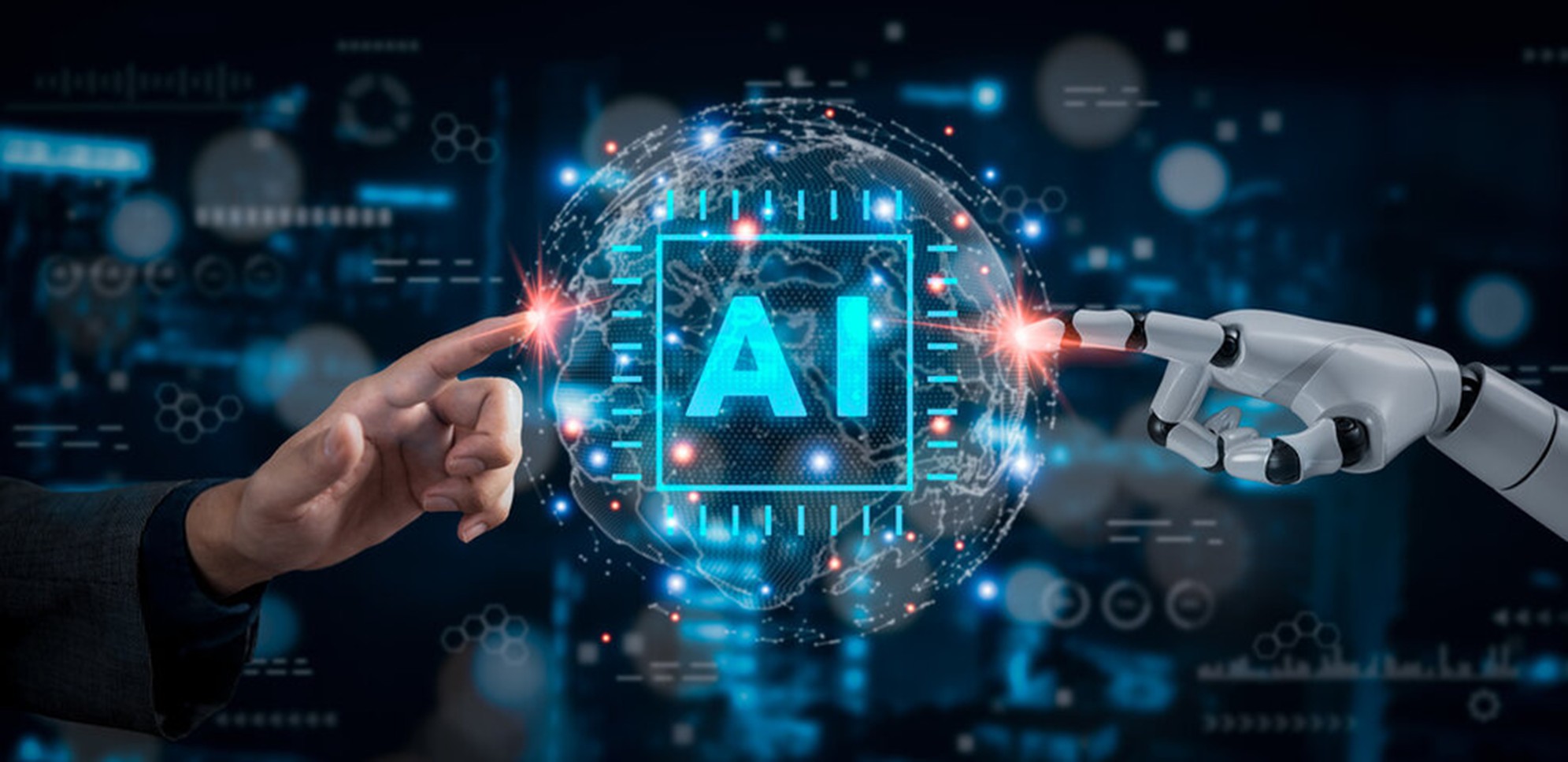
Technology is a part of scale and progress, but does it define progress solely? No, it’s the people behind it that do. Every enterprise today stands at a crossroads where digital transformation and human capability must grow in tandem. Algorithms can accelerate decisions, and automation can refine processes, but without the right human architecture supporting it, digital transformation becomes a half-finished equation.
It's not just a made-up story that there is a skills gap; it's the real problem that makes or breaks businesses. The problem isn't a lack of skilled workers; it's that new technologies aren't being used by the right people. And companies that are good at dealing with this problem aren't picking between technology and human capital. They are coming up with plans that use both of them together.
This is where leader in enterprise project management and digital transformation consulting stand apart - by recognizing that digital evolution and workforce adaptability are not parallel priorities; they’re interdependent forces shaping the same future.
Organizations are investing heavily in digital transformation services - modernizing processes, automating workflows, and integrating AI into decision-making frameworks. Yet, amid all the innovation, one question persists: who is steering it?
Digital maturity isn't achieved by implementing systems; it's achieved by training people to keep them running. For example, a predictive analytics tool can only help projects do better if the people in charge of them know how to read and use the data it gives them. A new process system can only increase value if the people who work there are taught to change how they do things to fit it.
That’s why a lot of firms’ consulting frameworks begin with people. Their approach blends business process improvement with organizational change management consulting, ensuring digital investments don’t outpace human readiness.
Traditional staffing models were built for predictability. Today’s business landscape is defined by flux. The increasing complexity of enterprise systems and specialized technologies has given rise to what experts call the “fluid workforce” - a strategic mix of full-time talent, contingent specialists, and on-demand expertise.
That change isn't a trend; it's needed for the economy. Businesses need to come up with strategies for their contingent workforce that let them access niche knowledge without having to commit to long-term plans.
It’s a model of precision - not outsourcing, but orchestration.
A successful transformation consultancy knows that technology can’t replace judgment, and data can’t replicate intuition. That’s why methodology doesn’t separate human adaptability from digital advancement; it synchronizes them.
Through business process consulting and project management consulting services, the firm helps organizations redesign workflows so that automation supports decision-makers rather than replacing them. AI can forecast project risk, but it takes human leadership to interpret context and act strategically.
By bridging the divide between digital business transformation strategy and human capital development, enterprises gain not just faster operations but smarter ones.
Businesses need to stop thinking of digital transformation and workforce planning as two separate projects if they want to close the skills gap in the future. In reality, they are just two sides of the same strategy coin.
A professional project management firm illustrates how this integration works in practice. Their consulting model combines business process improvement consulting with contingent workforce staffing, enabling organizations to execute transformation projects while continuously aligning talent supply with technology demand.
This creates a feedback loop that keeps going: predictive insights help plan the workforce, and the ability of the workforce to adapt keeps digital transformation going. Both of these things make the business more flexible. It's not based on order but on getting along with everyone else.
The next age of business growth won't just come from adopting new technologies; it will be shaped by how they are combined. The skill to mix artificial intelligence with human judgment, digital platforms with flexible talent models, and planning with carrying out.
Companies that build that synthesis into their DNA will find themselves consistently ahead of disruption. And those that do it best, often guided by firms, will redefine what it means to transform - not by automating the workforce, but by evolving it.
Because progress doesn’t come from choosing between digital and human - it comes from knowing how to make them think, move, and grow together.